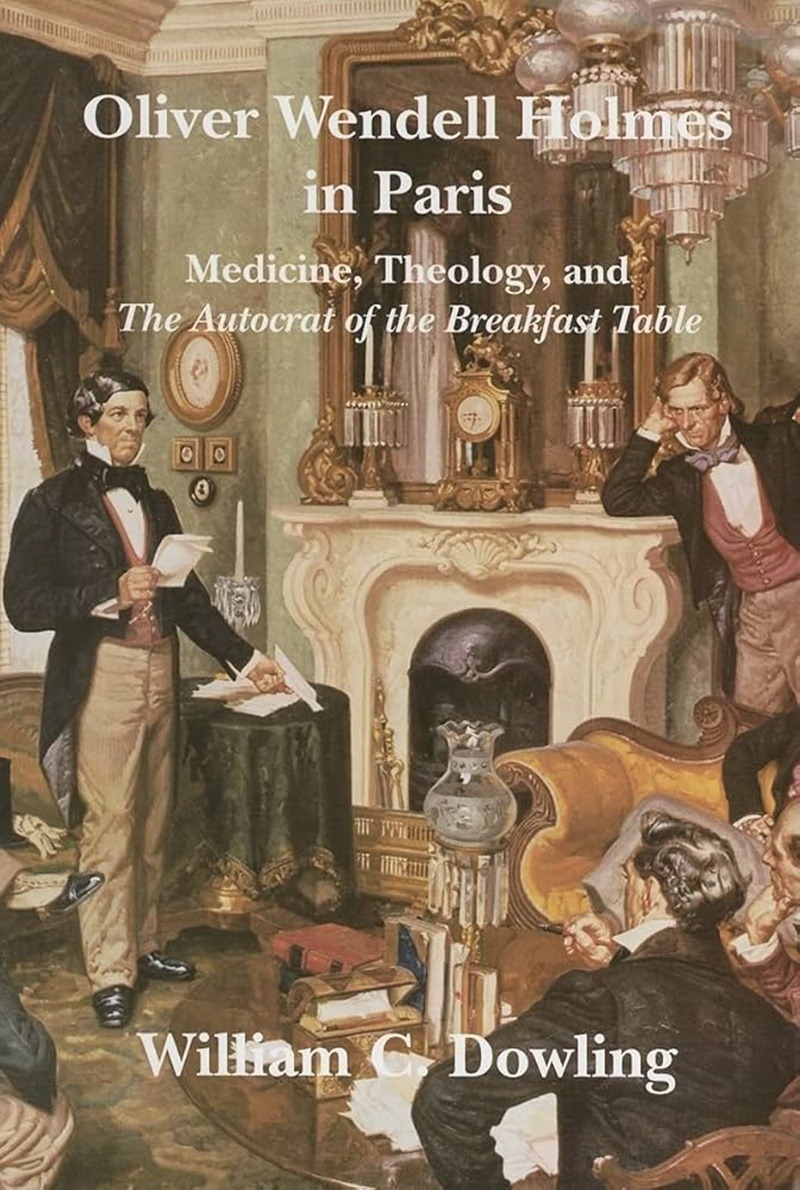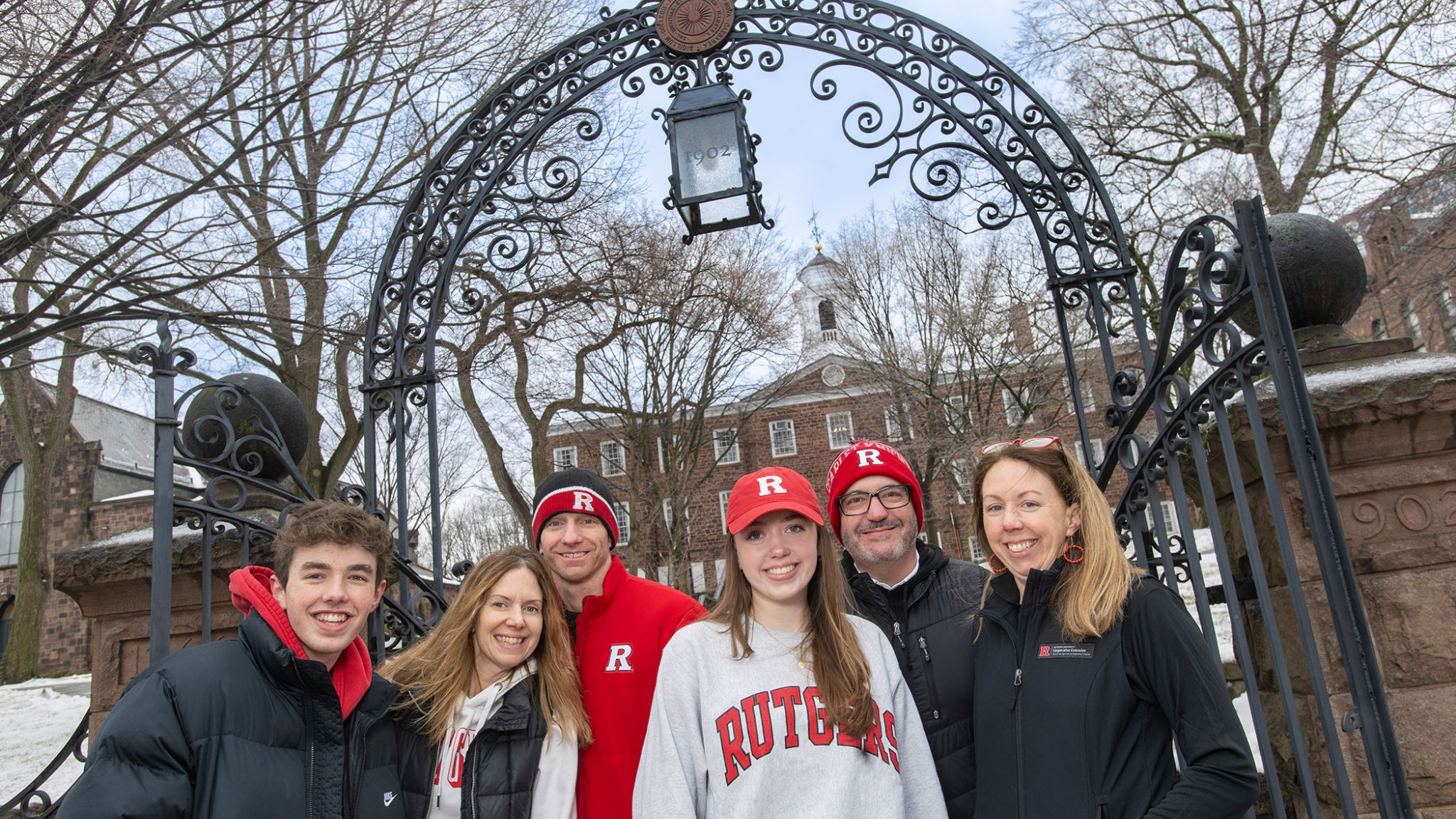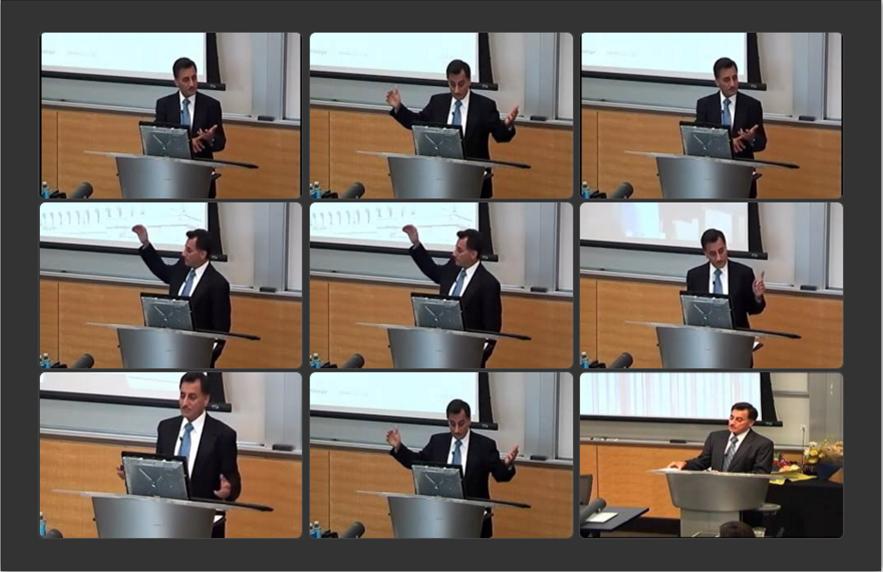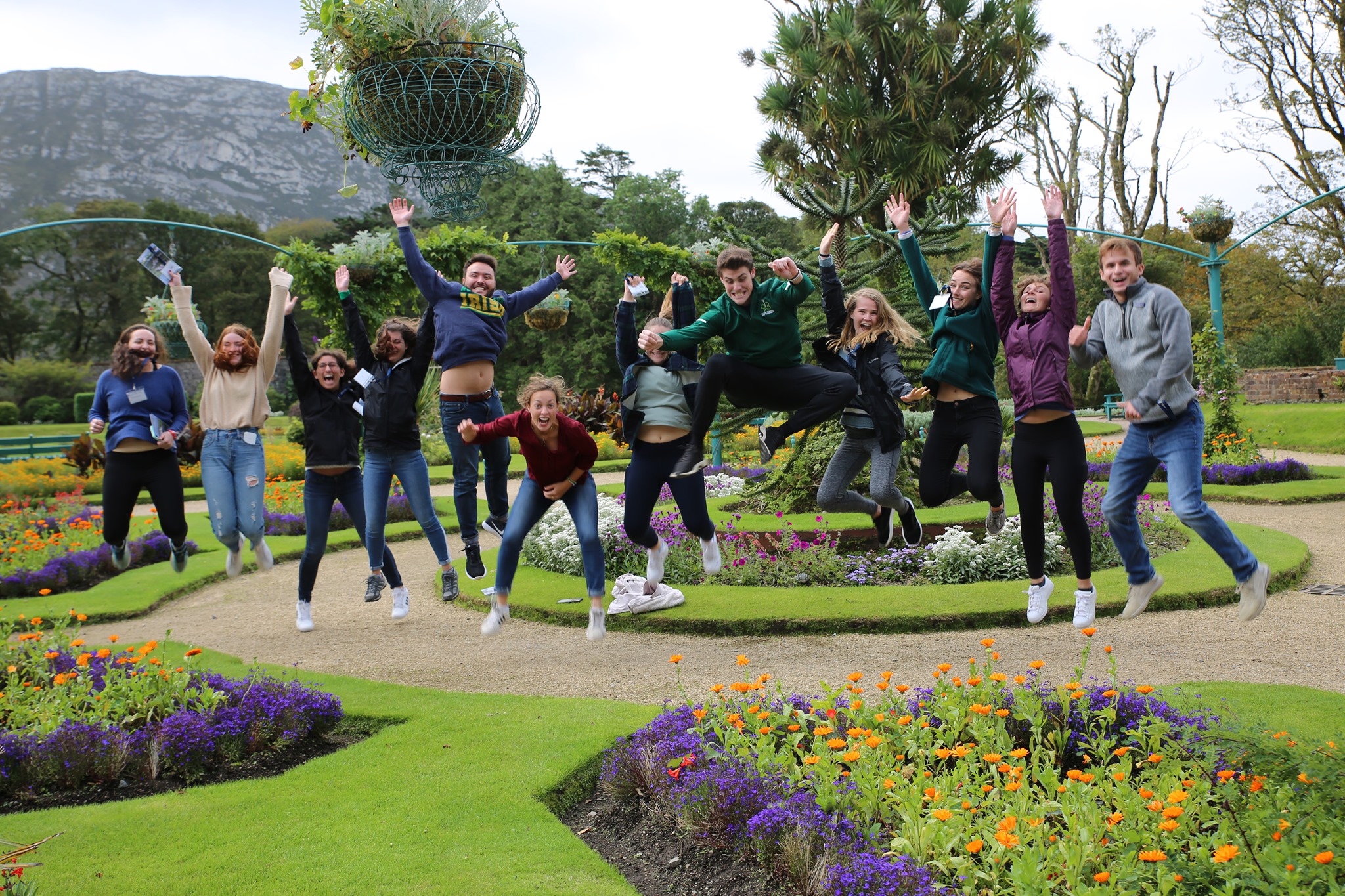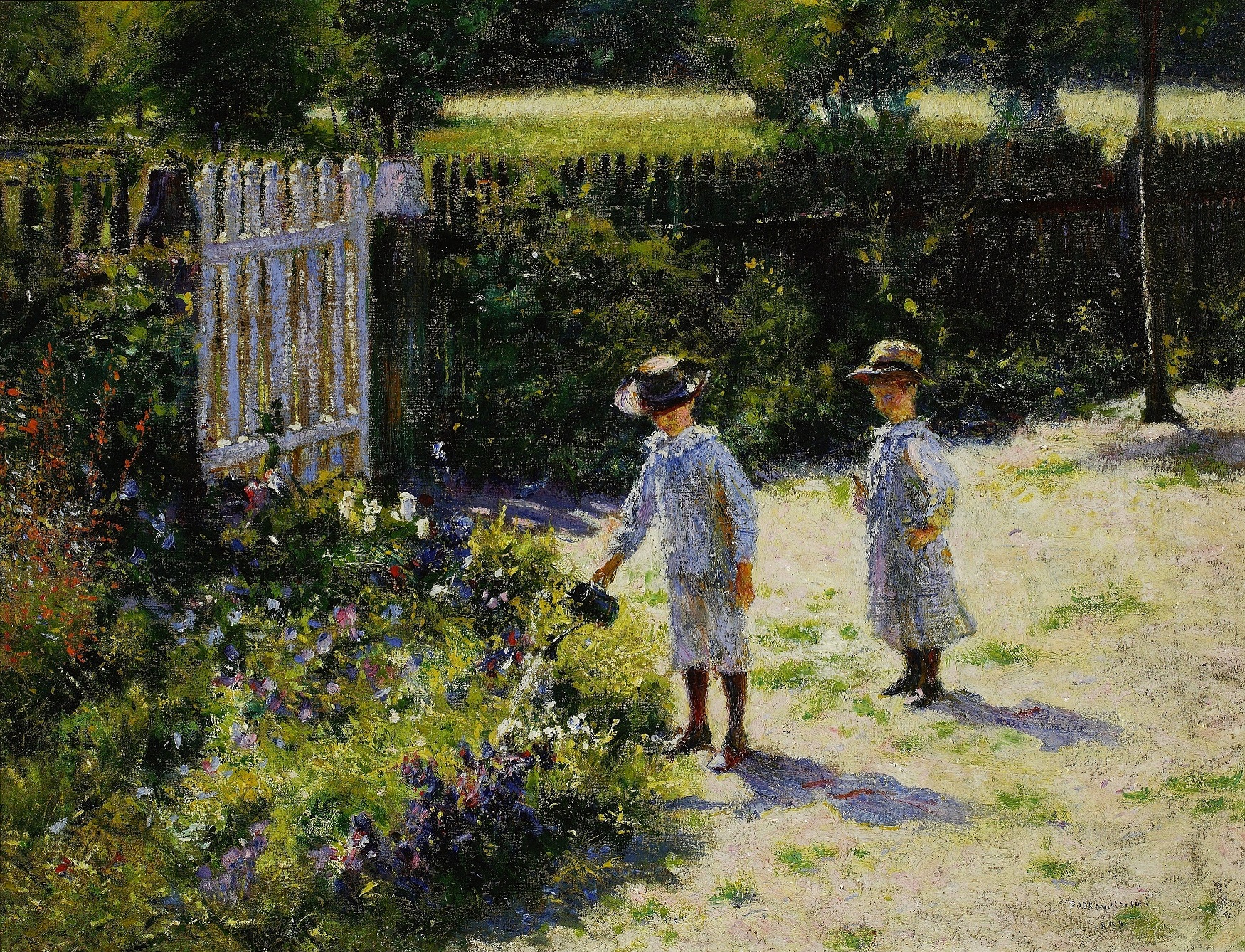Author Archives: mike@standardsmichigan.com
- Home
- Articles posted by mike@standardsmichigan.com (Page 31)

Breakfast Table Trilogy
Red Lion Cafe | College Avenue | Financial Position 2024 | $2.914B
Institutional Planning & Operations
Proud of who we are and excited for our future. We’re thrilled to welcome our newest Scarlet Knights! #upstreamredteam
.
.
.
.#NationalSigningDay #NSD #ScarletKnights #RutgersRowing #ncaarowing #bigtenrowing #bigten pic.twitter.com/CyXhRdpEV7— RutgersWomensRowing (@RutgersWRowing) November 14, 2024
Chats Coffeehouse
The University of Northern Iowa does not currently have a student-run coffee shop based on available information. There is a coffee shop called Chats located in Maucker Union, which serves Starbucks coffee, Freshens smoothies, and other items, but it is not explicitly described as student-run.
Welcoming the 150th class! #uni150 pic.twitter.com/LPkbfBgpHZ
— University of Northern Iowa (@northerniowa) June 9, 2025
Freshman in college but always a farm girl!!! pic.twitter.com/erFP4KZUqr
— Rick DeGroote (@PRIMEFARM) September 18, 2024
August 14, 2003
“The world is changed by examples, not by opinions.”
– Marc Andreesen (Founder of Netscape, the first dominant web browser)
Carpentry
This content is accessible to paid subscribers. To view it please enter your password below or send mike@standardsmichigan.com a request for subscription details.
Notre Dame in Ireland: Chef David’s Scones
“…I have spread my dreams under your feet;
Tread softly because you tread on my dreams.”
–W.B. Yeats | ‘He Wishes for the Cloths of Heaven’
The history of scones is believed to have originated in Scotland. The name “scone” is said to come from the Dutch word “schoonbrot,” which means “beautiful bread.” Scones have a long and interesting history that dates back several centuries.
Originally, scones were not the sweet, buttery treats we know today. Instead, they were simple unleavened oatcakes or griddle cakes made from barley, oats, or wheat. These early scones were baked on griddles or stovetops rather than being oven-baked.
As time went on, the recipe for scones evolved, and they became more commonly associated with Scotland and England. The Scottish version of scones was typically round and made with oats. They were cooked on a griddle or in a pan and then cut into triangular sections, which were known as “bannocks.” These bannocks were the ancestors of the modern scone.
In the 19th century, with the advent of baking powder and modern ovens, scones began to be baked instead of griddle-cooked. The addition of baking powder allowed scones to rise and become lighter and fluffier. The ingredients were refined to include flour, butter, milk or cream, and a leavening agent like baking powder. This marked the shift from the traditional oat-based scone to the more recognizable wheat-based scone we know today.
Scones’ popularity spread beyond Scotland and England, and they became a common teatime treat across the United Kingdom and other English-speaking countries. The addition of raisins, currants, or other dried fruits, as well as sugar, transformed scones into the sweet delicacies that are commonly enjoyed today, often served with clotted cream and jam in the classic English afternoon tea.
In the United States, scones have also become popular, with various regional and cultural variations. American scones may be larger, sweeter, and have a wider variety of flavor options, such as blueberry, cranberry-orange, or chocolate chip. Today, scones continue to be beloved treats enjoyed for breakfast, brunch, afternoon tea, or as a delightful snack with a cup of tea or coffee. Their history reflects centuries of evolution and cultural influence, making them a delightful and enduring part of baking traditions worldwide.
National Standards Authority of Ireland
Standard Scone Recipe
The standard scone is a simple and versatile preparation that can be customized with various additions, such as dried fruits, nuts, or chocolate chips, to suit different tastes.
Here is a basic recipe for making standard scones:
Ingredients:
- 2 cups all-purpose flour
- 1/4 cup granulated sugar
- 1 tablespoon baking powder
- 1/2 teaspoon salt
- 1/2 cup cold unsalted butter, cut into small cubes
- 1/2 cup milk (plus more for brushing on top)
- 1 large egg
- Optional: 1 teaspoon vanilla extract or other flavorings (e.g., almond extract, lemon zest)
- Optional: Additions such as dried fruits, chocolate chips, or nuts (about 1/2 cup)
Instructions:
- Preheat your oven to 400°F (200°C) and line a baking sheet with parchment paper.
- In a large mixing bowl, whisk together the flour, sugar, baking powder, and salt until well combined.
- Add the cold butter cubes to the flour mixture and use a pastry cutter or your fingers to work the butter into the flour until the mixture resembles coarse crumbs. The butter should be well distributed but still in small pieces.
- If you’re adding any optional flavorings or additions, mix them into the dry ingredients at this stage.
- In a separate small bowl, whisk together the milk, egg, and optional vanilla extract (or other flavorings) until well combined.
- Create a well in the center of the dry ingredients and pour the wet mixture into it. Gently stir the ingredients together until just combined. Be careful not to overmix; the dough should be slightly crumbly but hold together.
- Transfer the dough onto a lightly floured surface and shape it into a round disk, about 1 inch (2.5 cm) thick.
- Use a sharp knife or a biscuit cutter to cut the dough into wedges or rounds, depending on your preference. Traditionally, scones are cut into triangular shapes.
- Place the scones on the prepared baking sheet, leaving some space between them.
- Brush the tops of the scones with a little milk to give them a nice golden color when baked.
- Bake the scones in the preheated oven for about 15-20 minutes or until they are lightly golden on top.
- Remove from the oven and let them cool slightly before serving. Scones are best enjoyed fresh and can be served with butter, clotted cream, jam, or any other toppings of your choice.
This standard scone recipe provides a classic and delicious base that you can experiment with by adding various flavors and mix-ins to create your own unique variations.
The Imitation Game
“Systems of Logic Based on Ordinals” Alan Turing PhD dissertation 1938
Computing Machinery and Intelligence 1950
May 28, 1936: Alan Turing submitted his paper “On Computable Numbers, with an Application to the Entscheidungsproblem” that would quietly spark the digital revolution with the design of a machine (Bombe) that significantly shortened World War Two in Europe.
“Science is a differential equation. Religion is a boundary condition.”
– Alan Turing (1912-1954) pic.twitter.com/51WTlKFmXr
— Physics In History (@PhysInHistory) May 16, 2025
– Alan Turing (1912-1954)
#OnThisDay May 28, 1936, Alan Turing submitted his paper “On Computable Numbers, with an Application to the Entscheidungsproblem” for publication.
It quietly laid the foundations of modern computer science.
A thread: pic.twitter.com/meIuDnn9VI— History of the day (@hist_of_the_day) May 28, 2025
Related:
Facilities | WRNS Studio Frist Health Center (~$48.5 Million)
Nursery Stock
The purpose of the American Standard for Nursery Stock — ANSI Z60.1 — is to provide buyers and sellers of nursery stock with a common terminology in order to facilitate transactions involving nursery stock. This standards establishes common techniques for
(a) measuring plants,
(b) specifying and stating the size of plants,
(c) determining the proper relationship between height and caliper, or height and width, and
(d) determining whether a root ball or container is large enough for a particular size plant.
This document — prepared under a grant to ANSI by AmericanHort — is a communication tool for the exchanges of products and services but does not provide buyers with any assurance of the health or quality of the nursery stock being specified or sold. It does not cover labor resources.

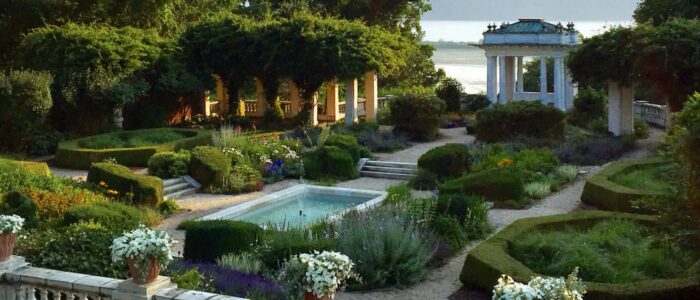
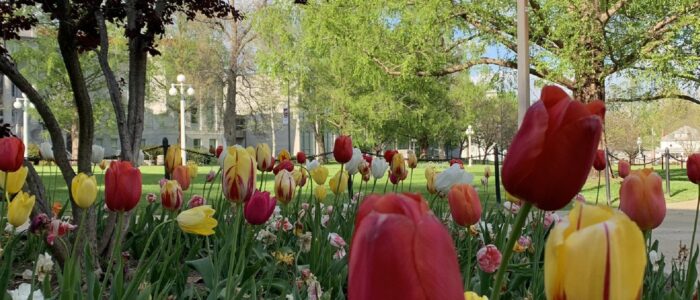
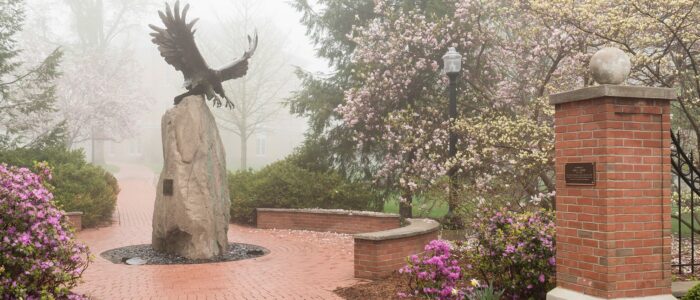
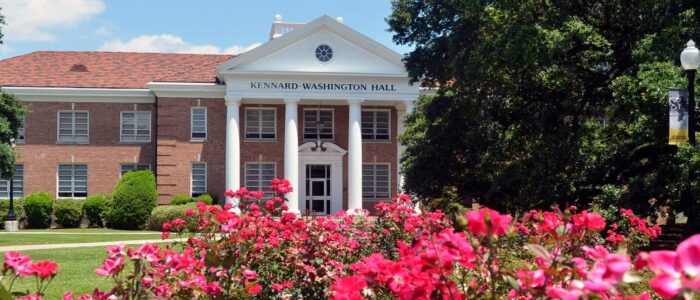
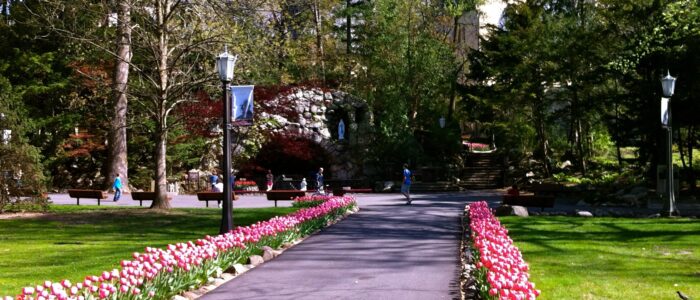


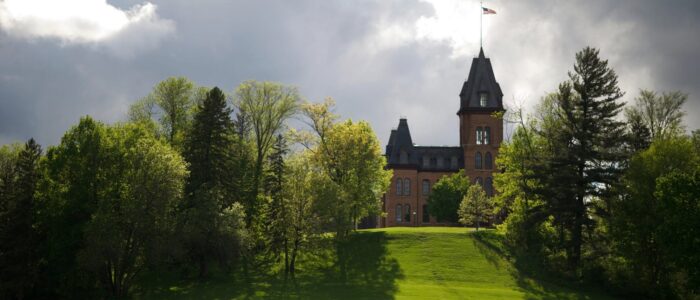

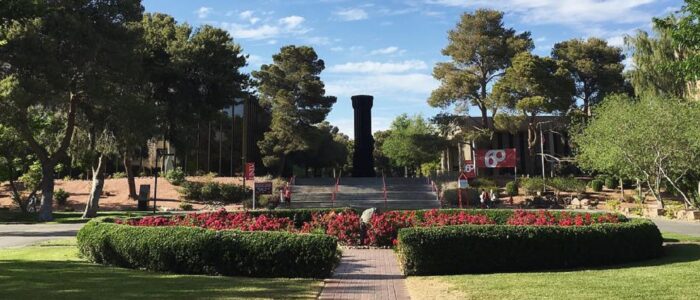


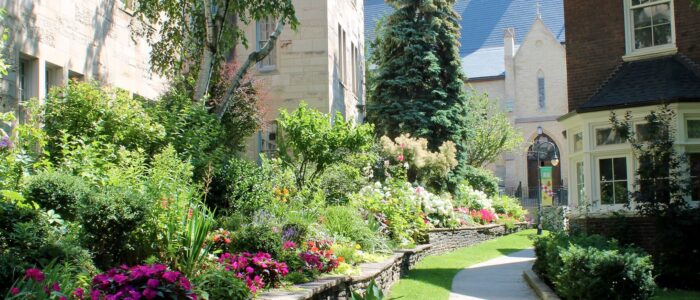
The American Hort standards landing page is linked below:
American Nursery Stock Standards
CLICK HERE for the current edition of ANSI Z60.1 2014
The 2014 revision should be entering another revision cycle though the pandemic has slowed standards setting among many non-profits. We encourage front-line staff to participate directly in the American Hort standards setting enterprise. CLICK HERE for contact information.
We sweep through the status of best practice literature for anything related to exterior assets in education communities during our Bucolia colloquium. See our CALENDAR for the next online meeting; open to everyone.
Issue: [18-160]
Category: Bucolia, Pathways
New update alert! The 2022 update to the Trademark Assignment Dataset is now available online. Find 1.29 million trademark assignments, involving 2.28 million unique trademark properties issued by the USPTO between March 1952 and January 2023: https://t.co/njrDAbSpwB pic.twitter.com/GkAXrHoQ9T
— USPTO (@uspto) July 13, 2023
Standards Michigan Group, LLC
2723 South State Street | Suite 150
Ann Arbor, MI 48104 USA
888-746-3670



